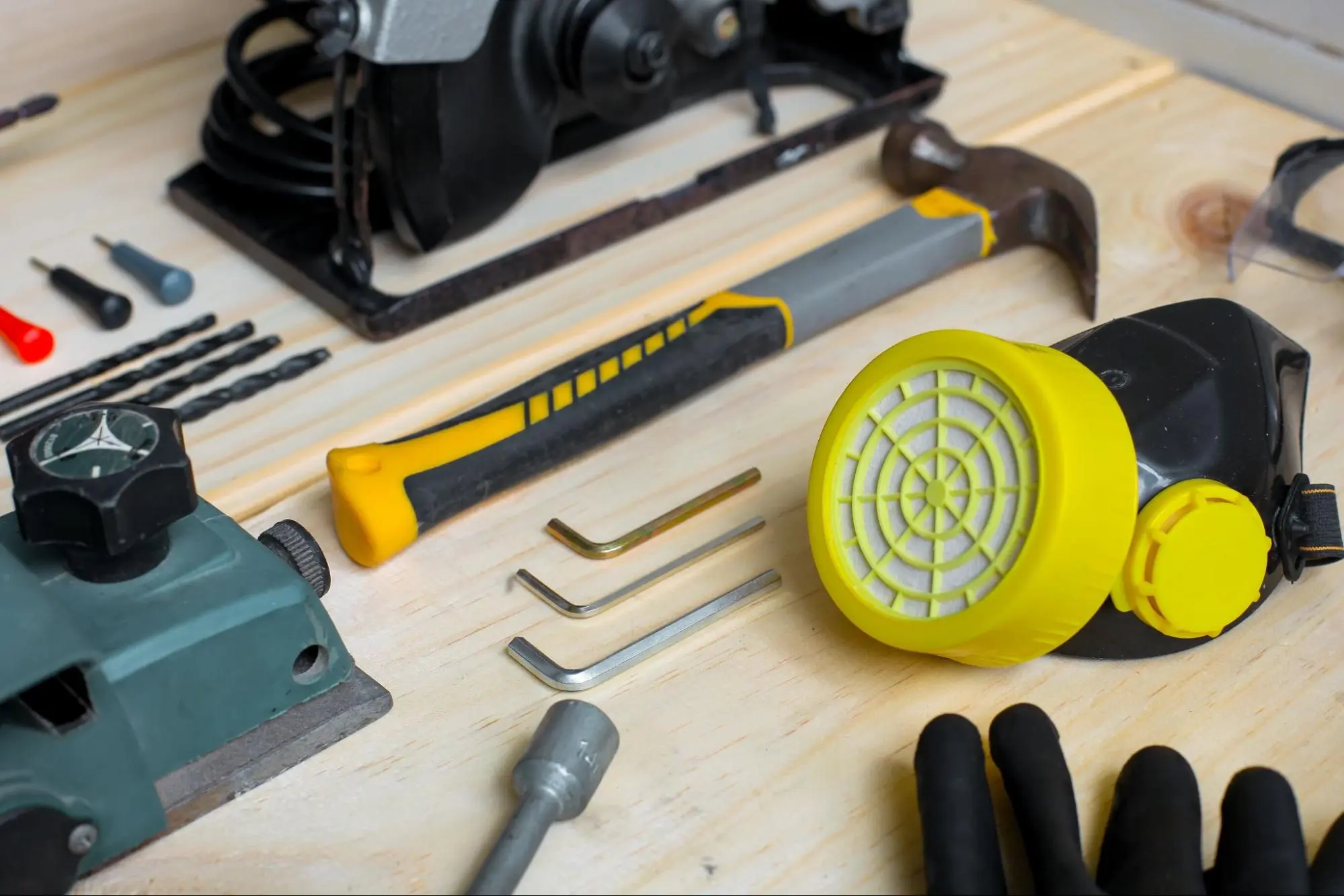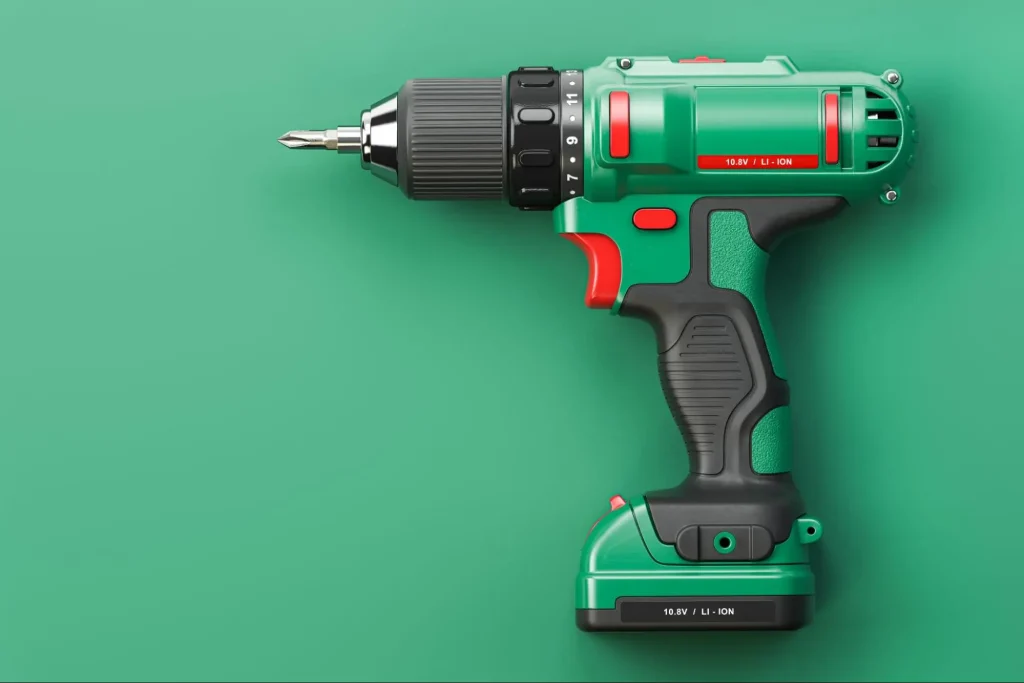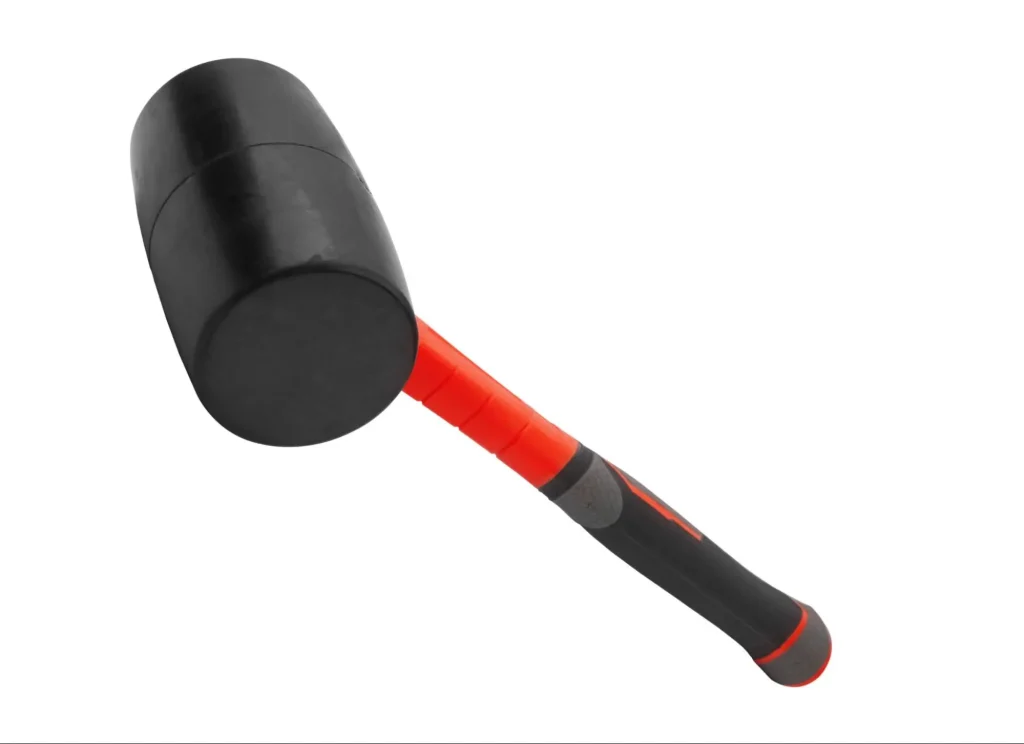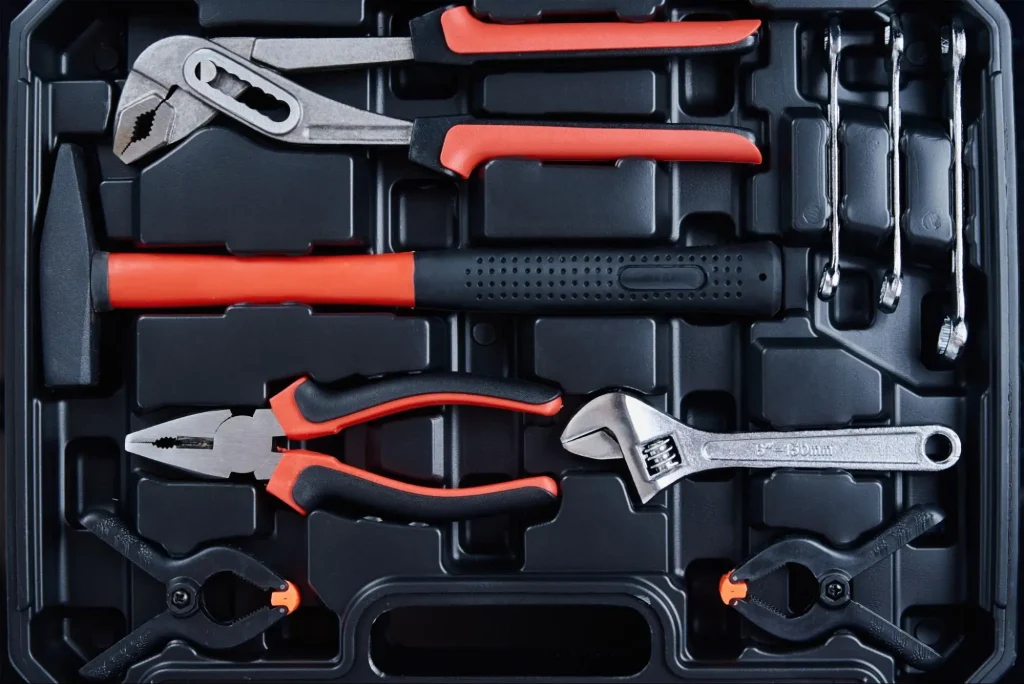
As we age, the ability to maintain and manage home repairs with the same vigor as before diminishes. For senior homeowners who value independence and the comfort of living in their own homes, having the right tools can simplify home maintenance and ensure safety. This blog will discuss the top 10 essential tools that every senior homeowner should have, detailing their features and the value they bring.
A cordless drill tops the list of must-have tools due to its versatility and ease of use. With no cords to tangle or trip over, it offers the freedom to work anywhere around the home. Features to look for include multiple speed settings, a lightweight design, and a comfortable grip. This tool is invaluable for everything from hanging artwork and installing window treatments to more involved projects like building patio furniture. Its ability to quickly switch between drilling and driving screws makes it an indispensable multipurpose tool for everyday tasks.

Next is the electric screwdriver, which is a boon for those with limited hand strength or arthritis. This tool often comes with various bits to accommodate different screw types and sizes, making it perfect for assembling furniture, tightening cabinet hardware, or opening up household appliances for minor repairs. The key features include a user-friendly interface, a lightweight design, and a battery life suitable for extended use. An electric screwdriver reduces the physical strain associated with manual screwdrivers, increasing efficiency and reducing the time spent on tasks.
A sturdy step stool with wide steps and a handrail provides safe access to higher areas, crucial for changing light bulbs, reaching high shelves, and cleaning high spots. Safety features should include non-slip steps, a stable base, and perhaps even a folding design for easy storage. The right step stool not only offers independence in everyday activities but also ensures safety, reducing the risk of falls and injuries.
For seniors who enjoy gardening, a garden kneeler can protect knees and back from strain. Look for a kneeler with a sturdy, foldable frame and a thick pad. Many models also feature pockets or a small toolbox for carrying garden tools, seeds, or gloves. A garden kneeler doubles as a seat, providing a comfortable place to rest, making gardening a more enjoyable and less taxing activity.
An adjustable wrench is crucial for general home maintenance, particularly for plumbing tasks like tightening pipe connections or assembling furniture. Its adjustability allows it to work with various nut and bolt sizes, offering great versatility with just one tool. The ideal adjustable wrench for seniors would have an ergonomic handle and an easy-to-turn adjusting mechanism, allowing for comfortable and secure use.
An automatic hammer helps drive nails without the physical demand of swinging a traditional hammer. This tool is especially useful for hanging pictures, assembling small sheds, or minor carpentry work. The automatic hammer should be lightweight, have a simple activation button, and include safety features to prevent accidental firing. It allows seniors to engage in DIY projects with less effort and more confidence.
A lightweight ladder with broad, anti-slip steps is essential for safely reaching items or areas that are just out of normal reach. Stability is key, so features such as a handrail, wide base, and rubber feet are important for senior safety. This tool enables seniors to safely perform tasks like cleaning gutters, painting rooms, or even just accessing storage in higher cabinets.
A reliable flashlight or headlamp is vital for visibility during power outages or when working in dimly lit areas. Seniors should look for options with bright, energy-efficient LED bulbs. A headlamp is particularly valuable as it provides hands-free operation, ideal for tasks that require both hands, such as working in a crawl space or during evening walks.

A rubber mallet is necessary for tasks requiring a softer blow to avoid damaging surfaces, such as when installing delicate tiles, crafting, or assembling knock-down furniture. The rubber head minimizes damage, and a good handle provides grip and comfort. This tool is especially useful in preserving the integrity of surfaces while delivering adequate force.
Keeping tools neatly organized and within easy reach can significantly reduce the frustration and physical strain of locating the right tool for the job. Tool organizers come in various forms, such as wall-mounted pegboards,

Maintaining a home in one’s senior years doesn’t have to be a daunting task. With the right tools, many everyday maintenance tasks can be performed easily and safely. By equipping themselves with these top 10 tools, senior homeowners can ensure their independence while keeping their living space in excellent condition. And when the job is too big or too complex, hiring a residential handyman like Kaminsky Care and Repair is just a call away. We are ready to assist with expert care tailored to seniors’ needs. Remember, the goal is to make home maintenance manageable, not a hurdle. Contact us today.
For regular maintenance, you should own a sturdy hammer, an adjustable wrench, a set of screwdrivers, pliers, and a tape measure. These basic hand tools will cover most routine home maintenance tasks.
Consider having a cordless drill and a basic electric screwdriver. These power tools help reduce the physical strain and are essential for tasks like hanging pictures, assembling furniture, and simple carpentry work.
Among the most useful hand tools are a set of screwdrivers, needle-nose pliers for precision work, a utility knife for opening boxes and cutting materials, and locking pliers in a tight grip on objects.
A basic toolkit for senior homeowners should include an assortment of hand tools, including various types of screwdrivers, a hammer, a utility knife, adjustable wrenches, and a tape measure. A flashlight and electrical tester are also recommended for safety.
For everyday fixes, ensure your toolbox has a reliable hammer, tape measure, a variety of screwdrivers, adjustable wrenches, pliers, a utility knife, and duct tape. These items will allow you to address the majority of small repair tasks.
Safety and effectiveness in repair work calls for a non-slip grip handle on tools, a lightweight yet powerful cordless drill, a sturdy step ladder, and safety goggles. Choose ergonomic tools that are easier on your hands and joints.